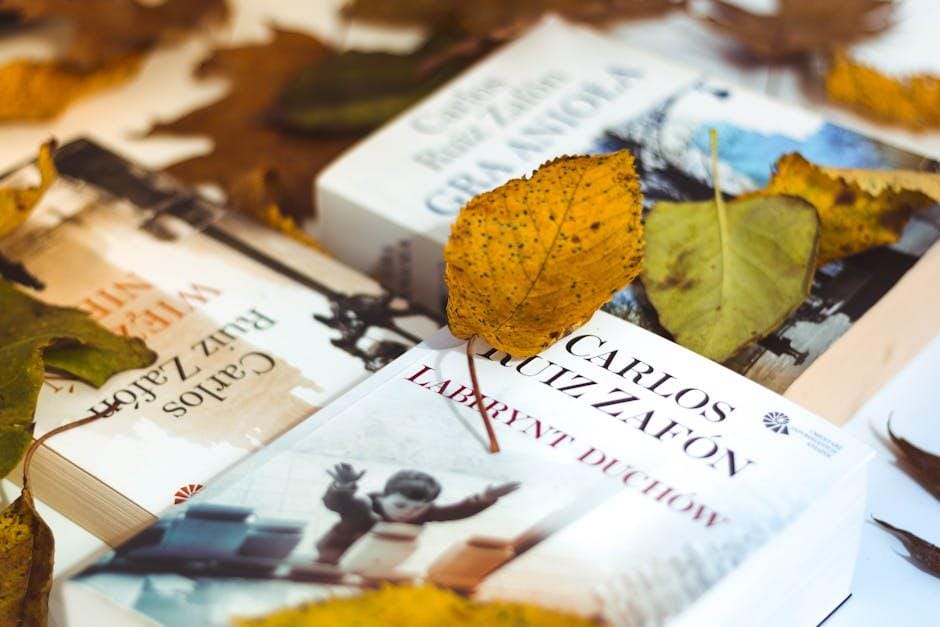In the labyrinth of literary devices, foreshadowing emerges as a subtle sorcerer, weaving hints and enigmas into the very fabric of a narrative. This mystical art form, often imperceptible at first glance, whispers promises of future events, urging readers to keep turning pages in eager anticipation. Welcome to our exploration of “8 Masterful Ways Novels Use Foreshadowing Techniques.” Within this listicle, you will uncover the secrets behind how authors deftly plant seeds that blossom into grand revelations. Whether you’re an aspiring writer seeking to enhance your storytelling craft or a devoted reader keen on unraveling the intricacies of your favorite novels, this guide will enrich your understanding of how foreshadowing functions to build suspense, deepen meaning, and heighten emotional impact. Prepare to embark on a journey through eight illuminating examples where foreshadowing transforms ordinary tales into unforgettable sagas.
-
Subtle Hints in Dialogue: Conversations between characters can subtly drop hints about what’s to come. An offhand remark or seemingly inconsequential detail can take on significant meaning later in the narrative.
-
Descriptive Imagery: Authors often use vivid descriptions to subtly indicate future events. For instance, a stormy sky might foreshadow tumultuous events in the plot.
Imagery Foreshadowed Event A shattered mirror Impending misfortune A blossoming rose New love interest -
Character Thoughts: Inner monologues can provide valuable insights or anticipatory clues about future developments.
The nagging feeling that something wasn’t right refused to leave her mind.
-
Symbolism: Recurring symbols can foreshadow significant plot points. A recurring motif, like a black cat crossing paths, may suggest bad luck.
- Rain can symbolize upcoming sadness.
- Rising sun might foreshadow new beginnings.
- Prophecies and Visions: Mystical predictions or characters’ dreams and visions serve as clear harbinger events to come, often setting the tone for the story’s direction.
-
Red Herrings: These deliberate misdirections keep readers guessing, only to reveal their true significance later.
Red Herring Actual Outcome Suspect introduced early Unexpected character is the culprit Mysterious stranger’s arrival Stranger becomes ally -
Flashbacks: Moments from the past are revisited to hint at a character’s future actions or decisions.
- Setting the Scene: The way an author describes the environment at the onset can foreshadow the novel’s atmosphere and energy. A tranquil setting might precede a sudden upheaval, illustrating the calm before the storm.
In Summary
And there you have it, eight masterful ways in which novels weave the subtle threads of foreshadowing into their intricate tapestries. Each method, whether a whisper of dialogue or an emblematic object, deepens our connection to the story, heightening anticipation and enriching the narrative landscape. So, the next time you find yourself engrossed in the pages of your favorite book, pause and look between the lines. You might just catch a glimpse of the future, elegantly hidden in plain sight. Here’s to the art of foreshadowing—the unseen hand guiding our literary journey. Happy reading!
